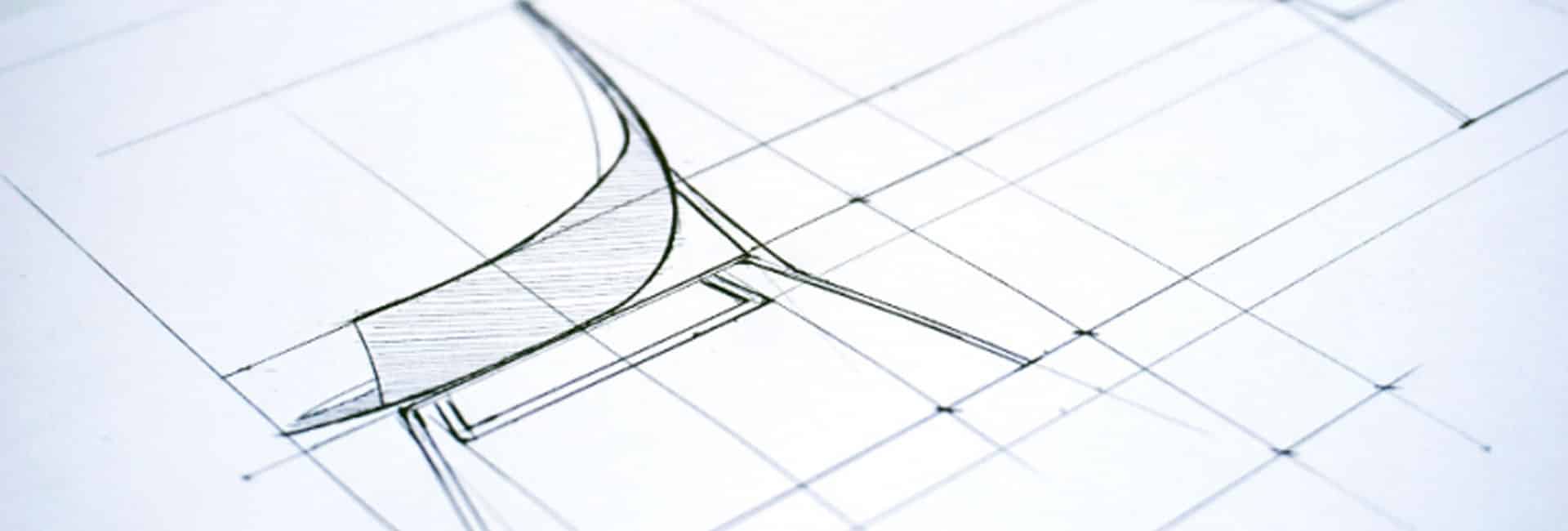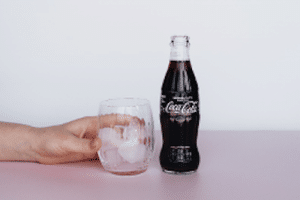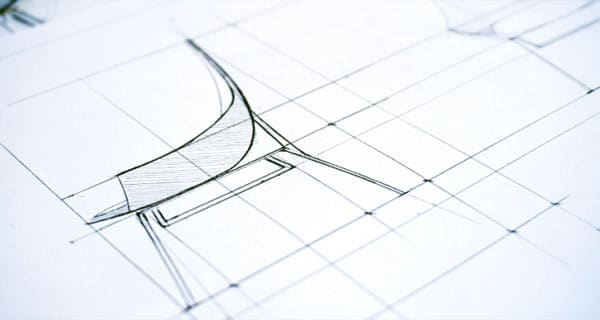
Used under a Creative Commons Licence
The Grace Period and Designs Law – What is it and why does it matter?
If you are an industrial designer, and create product designs for a range of consumer goods and industrial products, such as appliances, furniture, toys, cars, surface designs, containers, furniture, fashion design and sporting goods, to name few, then you need to read this article.
First and foremost, design protection is one of the best ways to protect your design.
It provides legal protection for the appearance of a product. This means that the registered design can be enforced against anyone who uses a substantially similar design without permission.
You also get a competitive advantage because you get the exclusive right to use that design for the specified period of time.
A registered design can also add value to a product and make it more attractive to potential licensees or buyers.
Design registration provides evidence of ownership and can be used in legal proceedings to prove that the designer is the rightful owner of the design.
If another business or some else infringes a registered design, the owner can take legal action to enforce their rights. This can be a quicker and simpler process than trying to enforce unregistered design rights through passing off and the laws of misleading or deceptive conduct.
Finally, given that design registration provides legal protection for the unique appearance of a product. This means that others cannot use, manufacture, or sell a product that has the same or substantially similar appearance without the permission of the registered design owner. It will also create licensing opportunities, which can generate additional income for the designer.
Boots, sunglasses, jewellery and dresses can all be register as designs, subject to certain criteria being met.
Criteria – what do you need to register a design?
In Australia, there are several criteria that must be met in order for a design to be eligible for registration under the Designs Act 2003:
- Novelty: The design must be new and original, and not identical to or substantially similar to any design that has been published or commercially exploited anywhere in the world before the date of filing the application for registration.
- Originality: The design must be the result of independent and creative effort by the designer, and not a direct copy of another design.
- Distinctiveness: The design must be significantly different from existing designs and must not be commonplace in the relevant industry or market.
- Functionality: The design must not be purely functional, and its appearance must not be dictated solely by its technical function.
- Enforceability: The design must not be contrary to public policy or morals, and must not contain any material that is scandalous or offensive.
If you mass manufacture a vase, and it’s a new and original design, you might want to think about design registration.
When can you register a design?
Until recently you could not register a design if it had been disclosed in the public domain in any way, even if you had just posted it on social media.
But recently, Austarlian laws have introduced something called a ‘grace period’ that changes all this.
This is good news for designers as it allows for an application for a Registered Design to be validly filed even after the designer has publicly disclosed or commercialised the design. This new ‘grace period’ aligns the Australian Designs system other countries and regions that offer a 12 month grace period such as the United States of America and Europe.
This change is intended to provide the owner of the design with a chance to assess the commercial viability of their design before deciding whether to pursue registration.
Does the grace period always apply?
It’s important to note that the grace period only applies to designs that are first made available to the public in Australia.
Designs that are first made available to the public outside of Australia do not qualify for the grace period and must be registered before they are used in Australia.
Some well-known designs that have been protected in Australia as registered designs include:
- The distinctive shape of the Coca-Cola bottle
- The design of the original Apple iPhone
- The distinctive design of the Origami Butterfly Chair by Daniel Foster
- The design of the classic Eames Lounge Chair
- The unique design of the Philips Sonicare toothbrush
- The design of the Aeron chair by Herman Miller
- The iconic design of the Converse All Star sneaker
- Zimmerman dress designs
- Jets bather designs
- The Weber barbeque design
Sound familiar?

Credit: Alle Ksana
The shape of this famous contoured bottle is registered as a design in Australia.
The message is…
If you are an Australian designer and you do not register your design, and someone else copies it, there can be several potential consequences, including:
- Loss of legal protection: Without registering your design, you do not have the legal right to stop others from using it.
- Loss of potential income: If someone else is profiting from your design without your permission, you are losing out on potential income.
- Reputation damage: If your design becomes widely associated with someone else, it can damage your reputation as a designer.
- Difficulty enforcing your rights: Even if you do have evidence that someone has copied your design, it can be difficult and expensive to enforce your rights in court without a registered design.
Sharon Givoni Consulting works closely with designers from Australia and around the world to protect their designs. For assistance and competitive fees contact us.
Please note the above article is general in nature and does not constitute legal advice.
Please email us info@iplegal.com.au if you need legal advice about your brand or another legal matter in this area generally.


